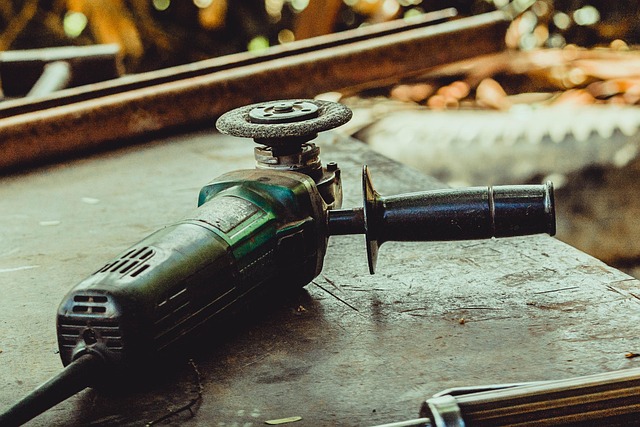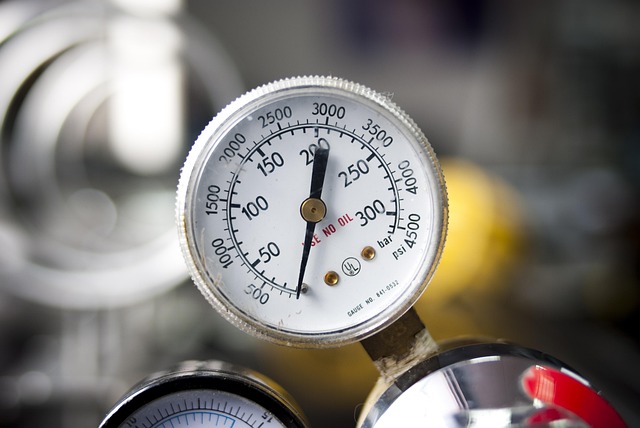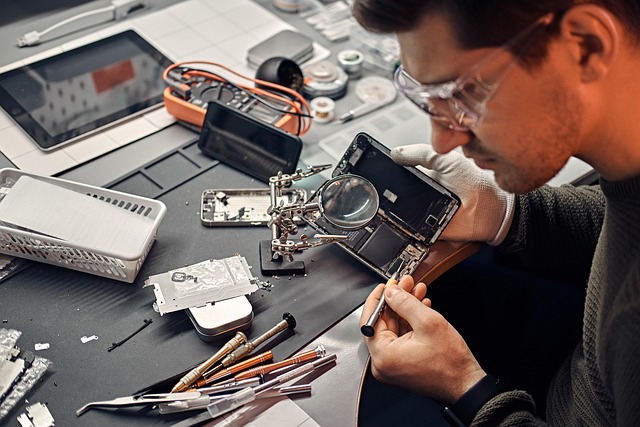Low water pressure often stems from mineral buildup, sediment, leaks, or outdated pipes. Turn off the main water valve before repairing. Inspect pipes for corrosion and clogs. Address issues like mineral buildup, aerate water heaters, or install a water pressure booster for complex cases, avoiding costly storage tanks. Regular maintenance prevents future problems.
Low water pressure can be a nuisance, but fixing it yourself is easier than you think. This step-by-step guide will help you diagnose and repair low water pressure issues at home. From identifying common causes like corroded pipes or mineral buildup to gathering the right tools and materials, we’ll walk you through the process. By following these simple steps, you can effectively address and resolve low water pressure problems without calling a professional. Learn how to tackle this DIY project and enjoy consistent, strong water flow once again.
- Identify Common Causes of Low Water Pressure
- Gather Necessary Tools and Materials
- Turn Off the Water Supply Valve
- Inspect Pipes for Damage or Clogs
- Replace or Repair Pipes as Needed
Identify Common Causes of Low Water Pressure

Low water pressure can be a frustrating issue, but identifying its root cause is often the first step towards an effective fix. Common culprits include mineral buildup or scale in pipes, which can narrow the passageway for water flow, leading to reduced pressure. Over time, sediment accumulation from hard water is one of the primary contributors to this problem, especially in regions with high mineral content in their water supply. Another frequent cause is a leak within the plumbing system, whether it’s a small crack or an outdated fixture. These leaks can significantly decrease the overall water pressure by diverting the flow before it reaches its destination.
Additionally, outdated or corroded pipes may restrict water flow and contribute to low pressure. As pipes age, they can become lined with rust or debris, further narrowing their interior diameter. While some home remedies for low water pressure involve chemical cleaners or high-pressure washes, these short-term solutions often mask the issue rather than addressing it directly. Increasing water pressure naturally through proper maintenance and regular plumbing checks is a more sustainable approach to ensuring consistent and adequate water flow throughout your home.
Gather Necessary Tools and Materials

Before tackling any low water pressure fix, it’s crucial to gather the right tools and materials. For most DIY repairs, you’ll need a wrench or pliers for tight connections, Teflon tape or pipe compound for sealing joints, and possibly a new water pressure regulator if your system is outdated or faulty (one of the common low water pressure causes and remedies). Don’t forget to turn off the main water supply valve before beginning your repair; this simple step can save you from unexpected floods.
Additionally, check your pipes for any visible damage or corrosion. If left unaddressed, these issues can lead to ongoing low whole-house water pressure problems. Regularly maintaining your plumbing system, including inspecting and replacing worn-out components like the water pressure regulator repair, can prevent future disruptions in water flow. Remember, proper preparation is key to a successful DIY repair—ensuring you have everything you need before diving in will make the process smoother and more efficient.
Turn Off the Water Supply Valve

Before you begin any DIY repairs, it’s crucial to address the water supply – specifically, turning off the valve that delivers water to your pipes. This simple step is a vital part of the low water pressure fix process. Locate your home’s main shut-off valve, typically found near the water meter or in a utility room. Turning this valve clockwise will cut off the water flow, ensuring no new water enters your pipes during the repair process.
This interruption allows you to isolate the specific area causing the low water pressure issues, whether it’s related to a single faucet (low water pressure in one faucet) or a more widespread problem affecting the whole house (fix low water flow shower). By understanding and managing the water supply, you’re taking a significant step in identifying and remedying the root causes of low water pressure, such as leaks, mineral buildup, or worn-out pipes.
Inspect Pipes for Damage or Clogs

Before attempting any DIY repairs, it’s crucial to thoroughly inspect your pipes for damage or clogs that could be causing the low water pressure issue. Start by checking visible signs of corrosion, leaks, or any apparent blockages in the pipes leading to your fixtures. Corroded joints or damaged pipes will need replacement, while clogs can often be cleared with a plunger or drain snake.
Understanding water pressure issues is key when tackling a low water pressure fix. If you have a tankless water heater low pressure persists, it might be due to sediment buildup in the tank or a faulty pressure regulator. Identifying these problems early on will help you choose the most effective solutions for low water pressure, ensuring your home’s plumbing system operates at peak efficiency once again.
Replace or Repair Pipes as Needed

When addressing a low water pressure issue, it’s essential to assess and replace or repair pipes as needed. Start by inspecting visible pipes for signs of damage, corrosion, or leaks. These issues can significantly reduce water flow and pressure throughout your home. If you discover damaged pipes, replacing them is often the best course of action. This ensures a reliable and efficient water distribution system.
Consider both DIY methods and professional installation depending on your comfort level and pipe complexity. For simple, accessible pipes, certain home remedies for low water pressure can help, such as clearing mineral buildup or aerating your plumbing. However, more complex cases may require advanced solutions like installing a water pressure booster, especially if you’re looking to fix low hot water flow. Compared to tankless water heaters, pressure boosters offer a cost-effective way to maintain consistent hot water pressure without the storage tank’s associated expenses.
Repairing low water pressure pipes can be a straightforward DIY project. By identifying common causes, gathering the right tools and materials, turning off the water supply valve, inspecting pipes for damage or clogs, and replacing or repairing as needed, you can effectively address and fix low water pressure issues. With these simple steps, you’ll not only enhance your home’s plumbing efficiency but also save on potential repair costs.
